

设计单位 KiKi建筑设计事务所+TAKiBI
项目地点 日本神奈川县
建筑面积 145平方米
建成时间 2021年12月
本文文字由设计单位提供。
“土间”是日本传统建筑中的一种空间设计形式,它通常与屋外相连,整体低于屋内其他空间。在过去,这个空间可放置农业劳作的工具,甚至被手工业者当做一个小型的工作场所使用;而现代民宅建筑里,“土间”已经缩小为一个类似“玄关”的概念,成为进出之间的一个过渡。
‘DOMA’ is a space form in traditional Japanese architecture. It is usually connected to the outdoor part of the house and is lower than the rest of the interior space. In the past, ‘DOMA’ can be used to place agricultural tools, and even used as a small workplace by the craftsmen. In modern residential buildings, ‘DOMA’ has been changed to an entry porch.
不久前,KiKi建筑设计事务所和TAKiBI在日本神奈川县镰仓市完成的住宅项目,通过特定的设计手法,再次探讨和延展了“土间”在当代住宅中存在的形式,以及它与自然、城市、居住之间的关系。
The new residential project in Kamakura designed by KiKi ARCHi and TAKiBI explores and extends the form of ‘DOMA’ in the contemporary house through a specific design language, and expresses its relationship to nature, city, and living.

生活总是伴随着一些既简单又复杂的因素而发生转变,对于这栋住宅的主人而言,也是如此。带着疫情之下的思考,他最终决定与家人一起搬离都市,希望可以像“孩子”一样去生活,重拾真实与轻松。距离东京仅1小时车程的镰仓市,成为了他们的目的地。那里拥有迷人的海岸线和悠久的历史,生活节奏相对较慢,充满令人向往的愉悦和自由,而这生活崭新的一章,将由一所特别的房子来承载——土间之家。
Life is always changed by some simple and complex factors, even for the owner of this house. With deep thinking during the period of the epidemic, he decided to move away from the metropolis with his family, to live like a "child" again. Then, Kamakura, just an hour's drive from Tokyo, with its stunning coastline, history, and longing for pleasure and freedom, became their destination. And this new chapter of life will be carried by a lovely place -- DOMA House.

房子的地块位于距离海边很近的安静巷子里,前后各有一条街道,并具有一定的坡度高差。在勘测现场时,由南面拂来的海风,启发了设计师们对空间的想象——这所房子需要与自然、街巷形成互动。它不是完全封闭的、独立的,而是由内向外连续打开,呈现一种游动的状态。于是,传统的“土间”概念被设计师重视和演化,使之穿插于室内和户外的体块之间,创造出更多生活的契机。
The house is located in a quiet alley close to the sea, between two streets with a height difference. While surveying the site, the sea breeze from the south inspired architects to create an ‘interacting house’ that could interact with the streets, neighborhood and nature. It should not completely close or independent, but continuously open from the inside out, showing a flowing sense. As a result, the traditional concept of ‘DOMA’ has been valued and evolved by designers and created more opportunities for living.
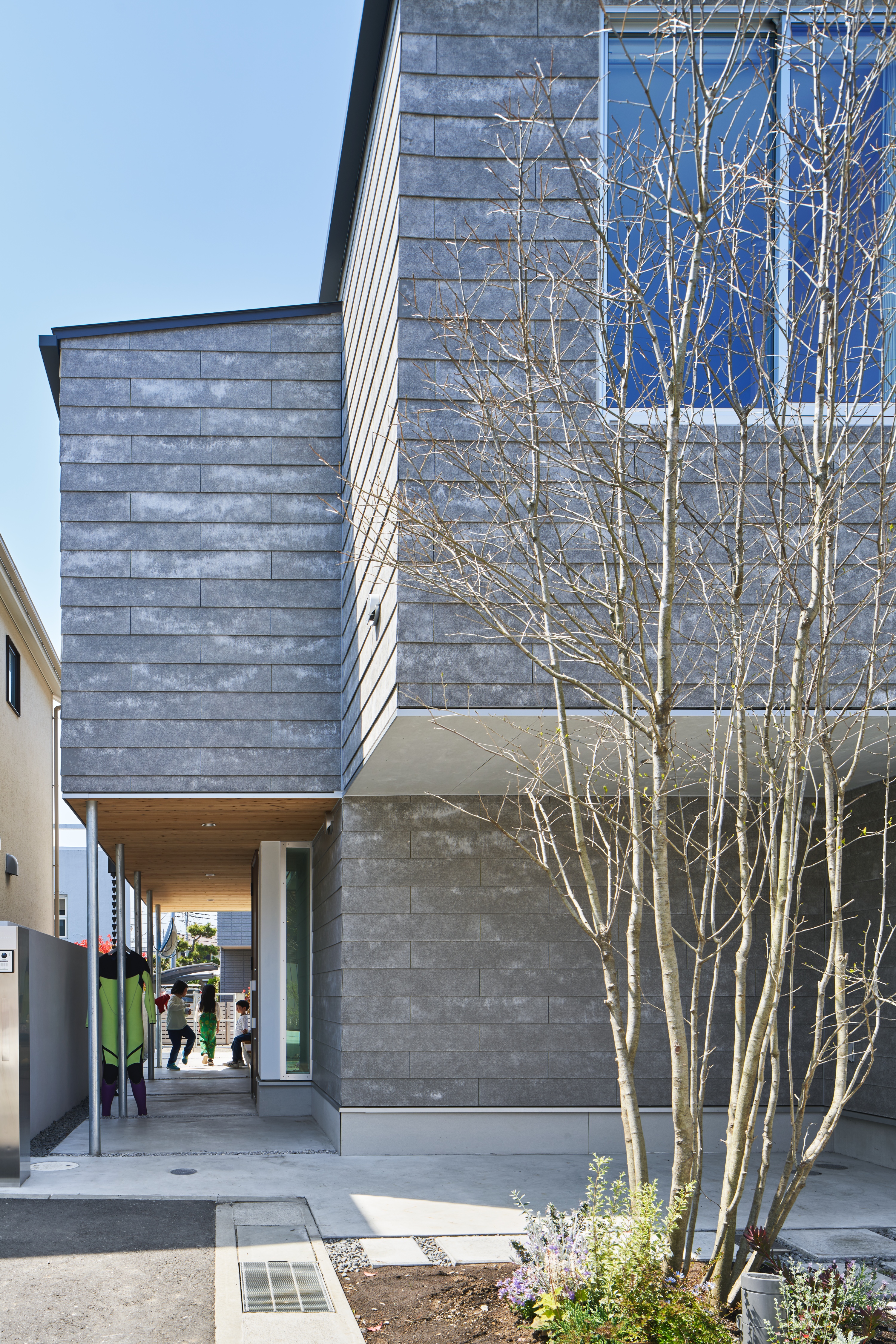

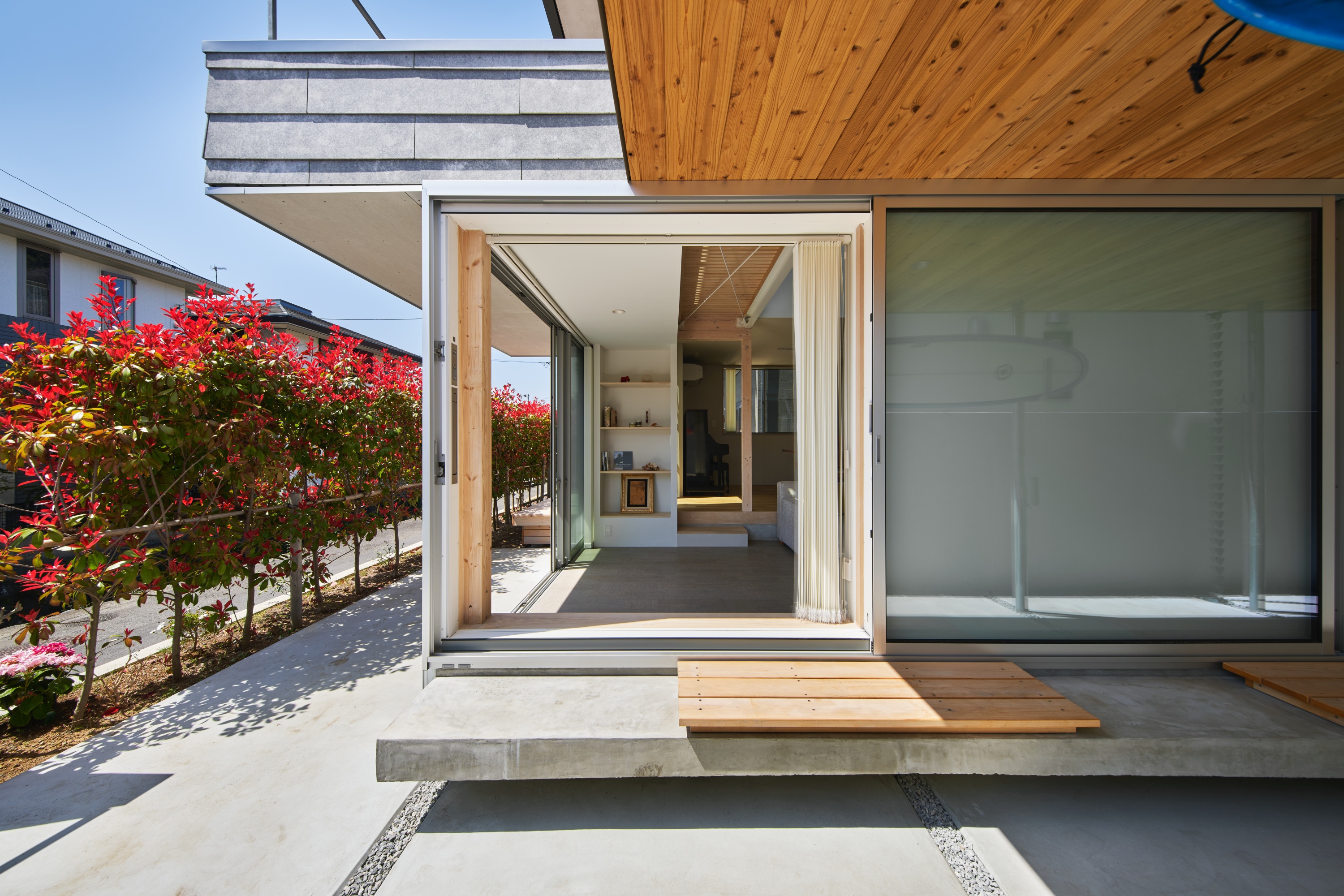

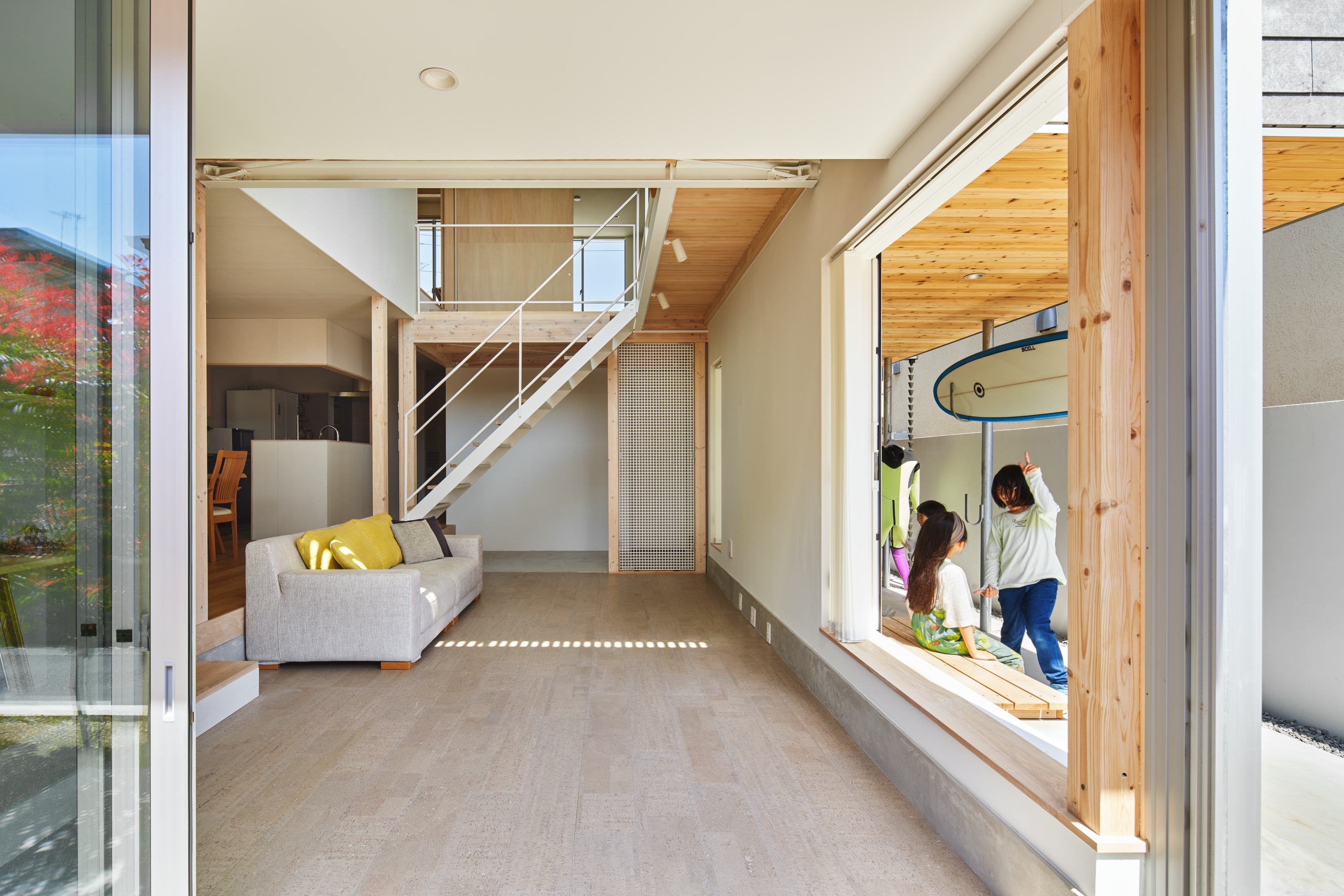
为了满足一家三口的起居生活,这栋双层住宅将一层空间设定为开敞式的活动区域,包含前后庭院、半户外廊、客厅、餐厅、厨房,这也是“土间”概念被最大化的体现,从半户外一直延伸至室内客厅;二层在回形动线的基础上,设置了卧室和浴室,中心的挑空处为房子引入更多阳光,提供良好的通风。而每一层在地面台阶、天花上的微妙高差变化,也让整个住宅生成了自己的立体序列,更富趣味和层次。
To satisfy the living life of a family, the first floor is set as an open activity area, including the courtyard, semi-outdoor corridor, living room, dining room, and kitchen, which is also the maximization of the concept of ‘DOMA’, extending from the outdoor to the indoor. On the second floor, bedrooms and bathrooms are arranged based on a circular line, and the central void structure brings more sunlight and ventilation into the house. The height difference between the steps and ceilings also makes the whole house produce a special sequence, more interesting and layering.


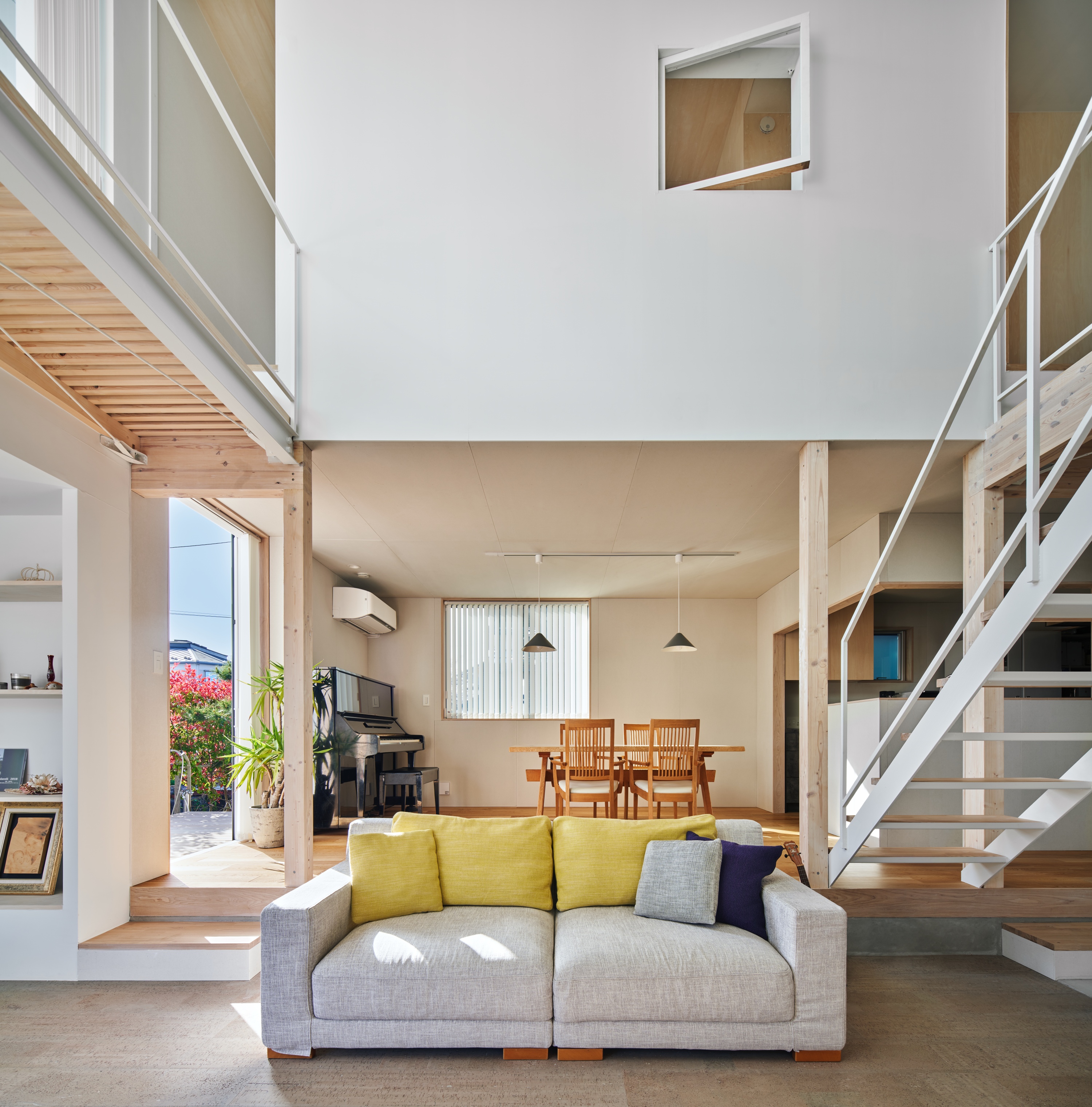


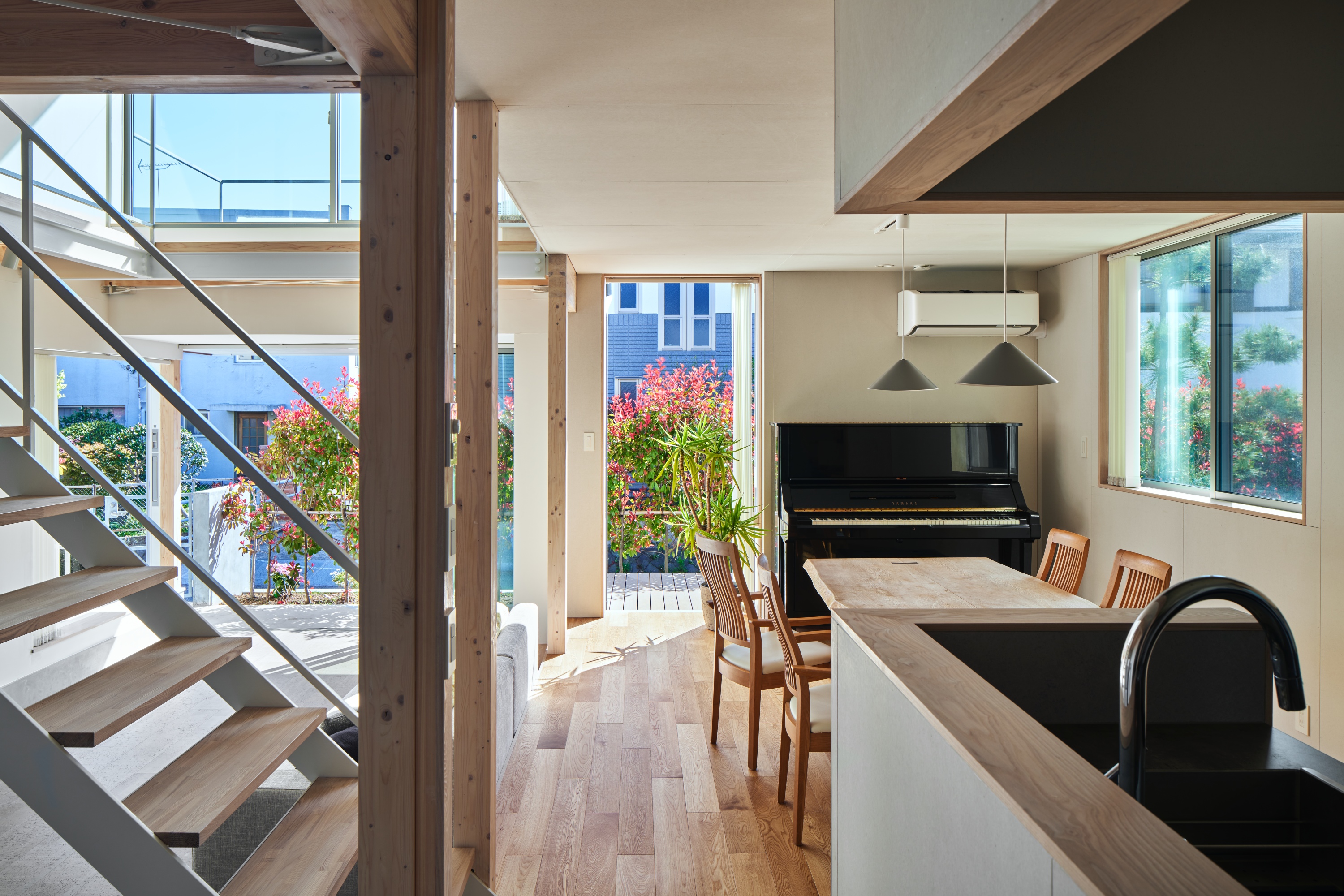
建造方面,住宅以最节约成本的方法,采用混凝土地基与日式传统木结构相结合的形式。由经验丰富的工匠负责把控,他们将所有材料进行编号、组合,在2天的时间里即可完成主体的搭建。整个外观呈现出简约的状态,外立面被灰色的水泥外壁板覆盖,如同一颗自然界的石头般,有着优美的肌理。传统的“人字形”屋顶,借由巧妙的双层屋檐收口,被隐藏于视线之中,与周围的房子形成有趣的对比。
Most cost-effectively, the house was built using a combination of concrete foundation and traditional Japanese wooden structure, which was built by experienced craftsmen who numbered and combined all the materials to complete the main structure in two days. The appearance of the whole building presents a simple and modern taste. The facade is covered by the grey cement siding board, which is like a natural stone with a beautiful texture. The roof with its clever double-eave, made the traditional ‘herringbone’ shape hidden from view and provides an interesting contrast to the surrounding houses.



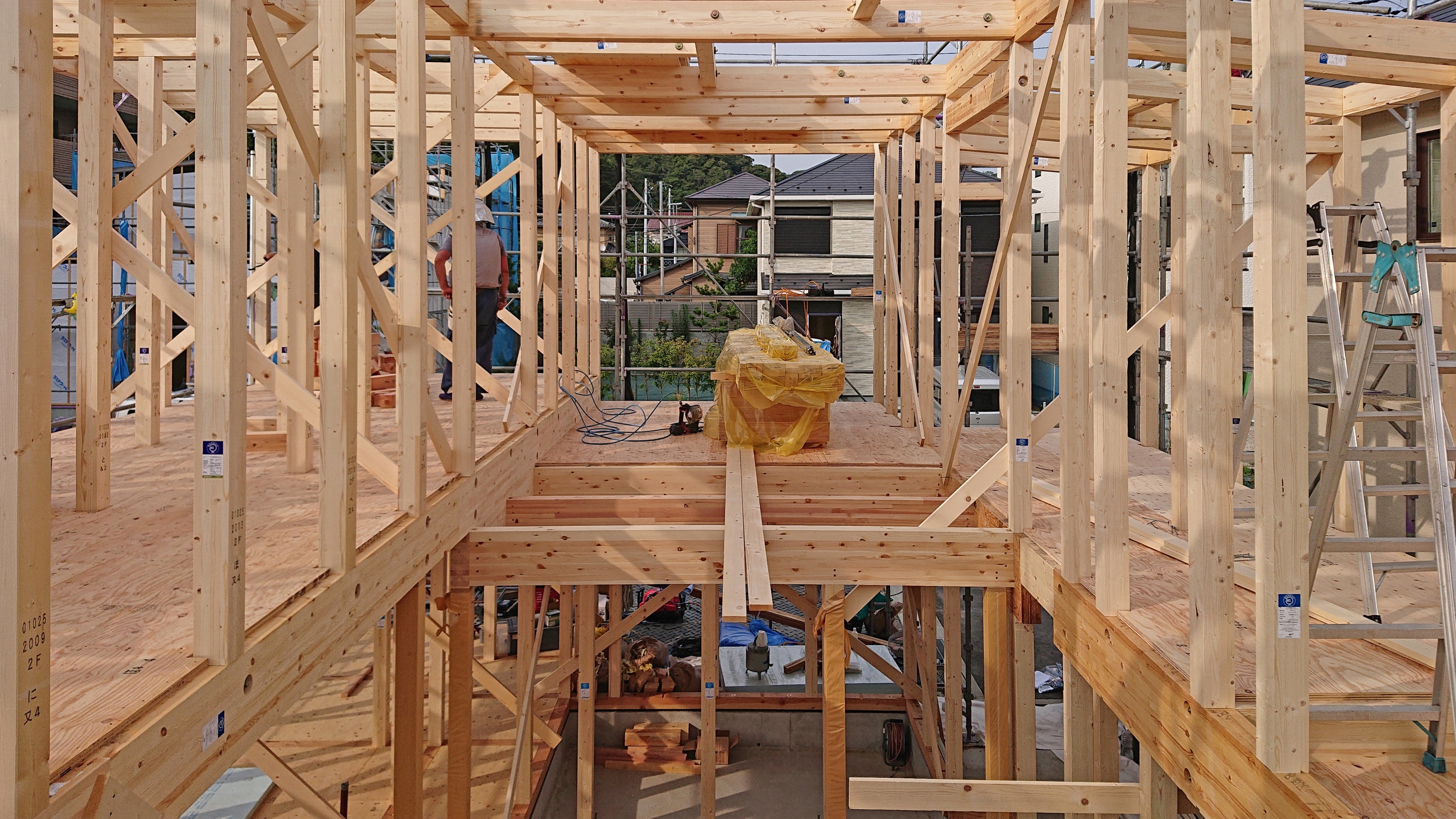
室内空间中,大量采用了木元素,例如一层的地面铺设了可调节温度的亲肤软木地板,二层的回廊区域以木格栅取代了常见的楼板,以及设计师设计了大面积的平推木门,共同营造出房子温馨质朴的一面。
A large number of wood elements are used in the interior space. For example, the living room is laid with a skin-friendly cork floor that can adjust the temperature, the second floor is placed with wooden grilles as the floor, and installed large area of flat sliding wooden doors, which create a warm and rustic feeling.
此外,为了加固房屋,一些结构部件也以更简洁的形式外露,例如玻璃钢网格立面、十字钢线等。它们被统一于轻盈的白色之下,更具装饰性与现代感。而这些细节的构造,也让空间产生了许多“几何空隙”,制造出多孔的层次,让光与风穿行其中,活跃于家的每个角落。
In addition, to reinforce the structure, some structural elements are presented in a more minimal way, such as the grid FRP screen, crossing steel lines, which are unified under the white color, more decorative, and modern. These details also create some ‘geometric gaps’ in the space, that allow light and wind to flow through, active in every corner of the home.


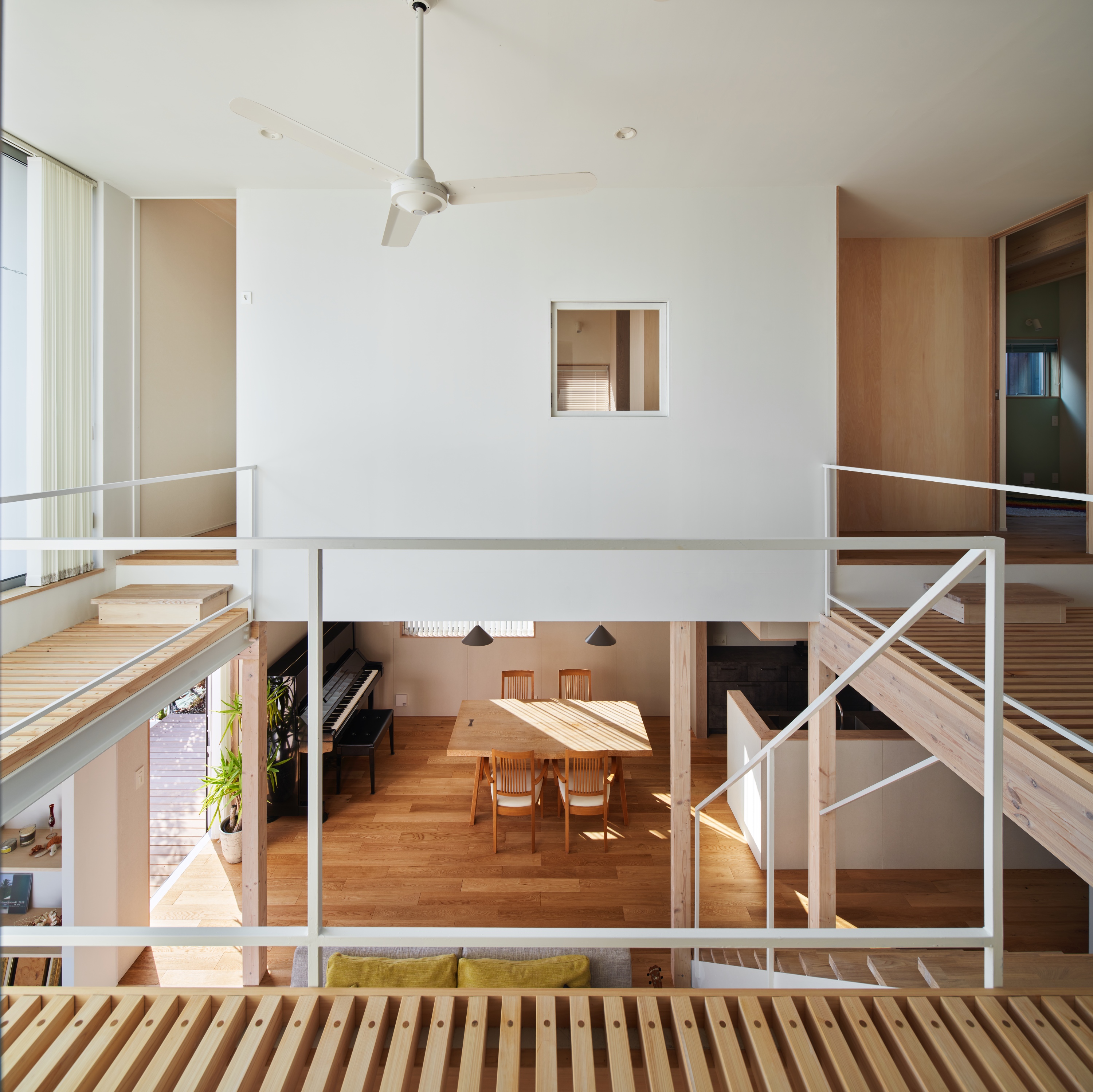

探索,是设计师留给居住者的命题。土间之家开启了新的邻里关系与相处模式。没有护栏的楼梯,可以帮助年龄段适宜的孩子,启动自我身体判断与反馈的觉知。生活的内容与重心正悄悄改变,也让每一位家庭成员都找到了新的乐趣。邻里间,孩子们的交流互动日益增多,他们收获了半户外的游乐场地和“抄近道”的乐趣;男主人开始接触冲浪户外运动,客厅里也常常出现女主人阅读与练习瑜伽的身影。
‘Exploration’ is the proposition left by the designer to the family: The ‘DOMA House’ opens a new model of neighborhood relations and coexistence. The stair without guardrails can help their 7 years old child to learn their body judgment and feedback awareness. The priorities of life are changing, and each member of the family is finding new pleasures. The child made new friends, they played together in the semi-outdoor space called by ‘shortcut’. The host started to take surfing lessons, and the hostess often appeared to read and practice yoga in the living room.
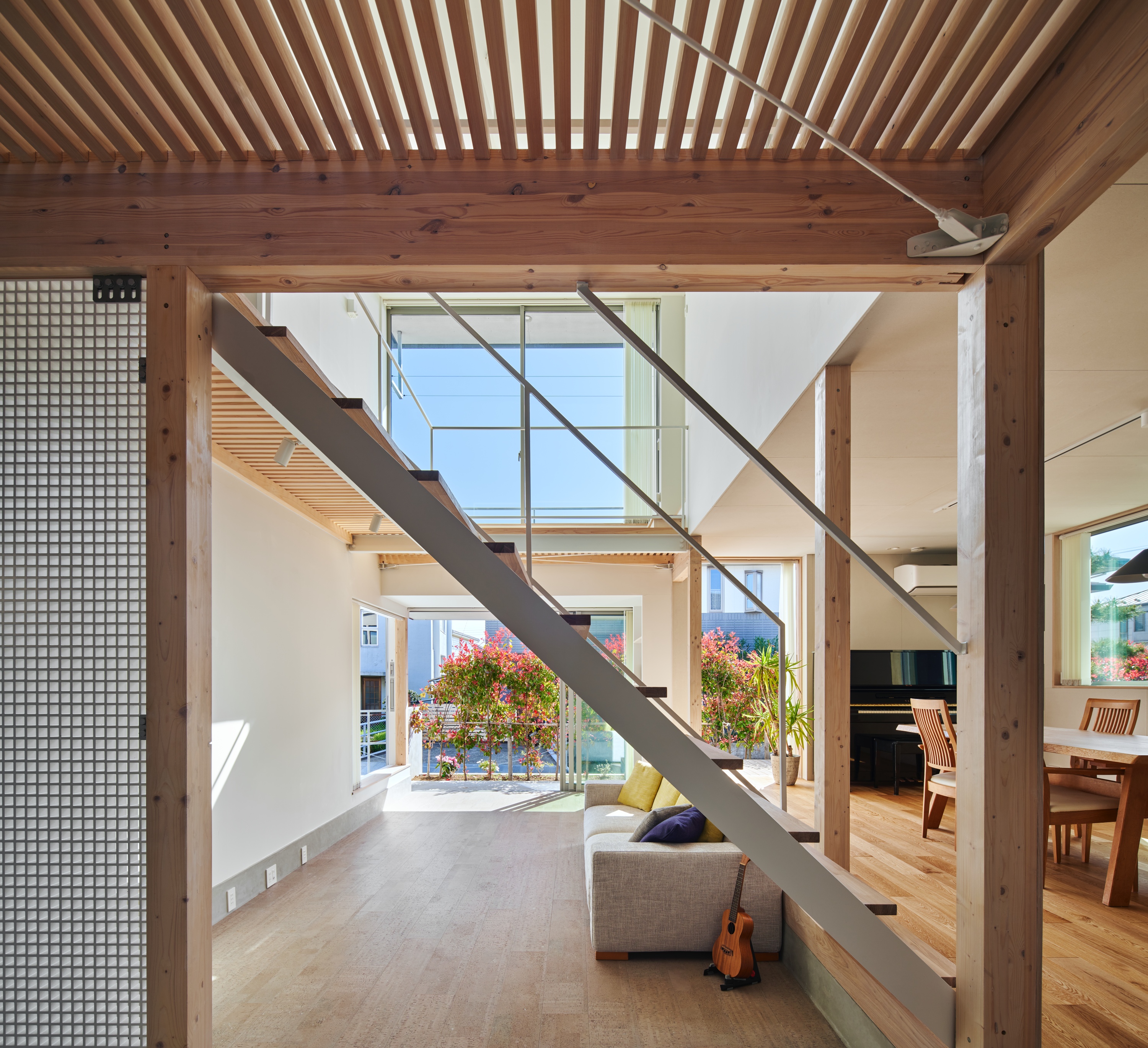

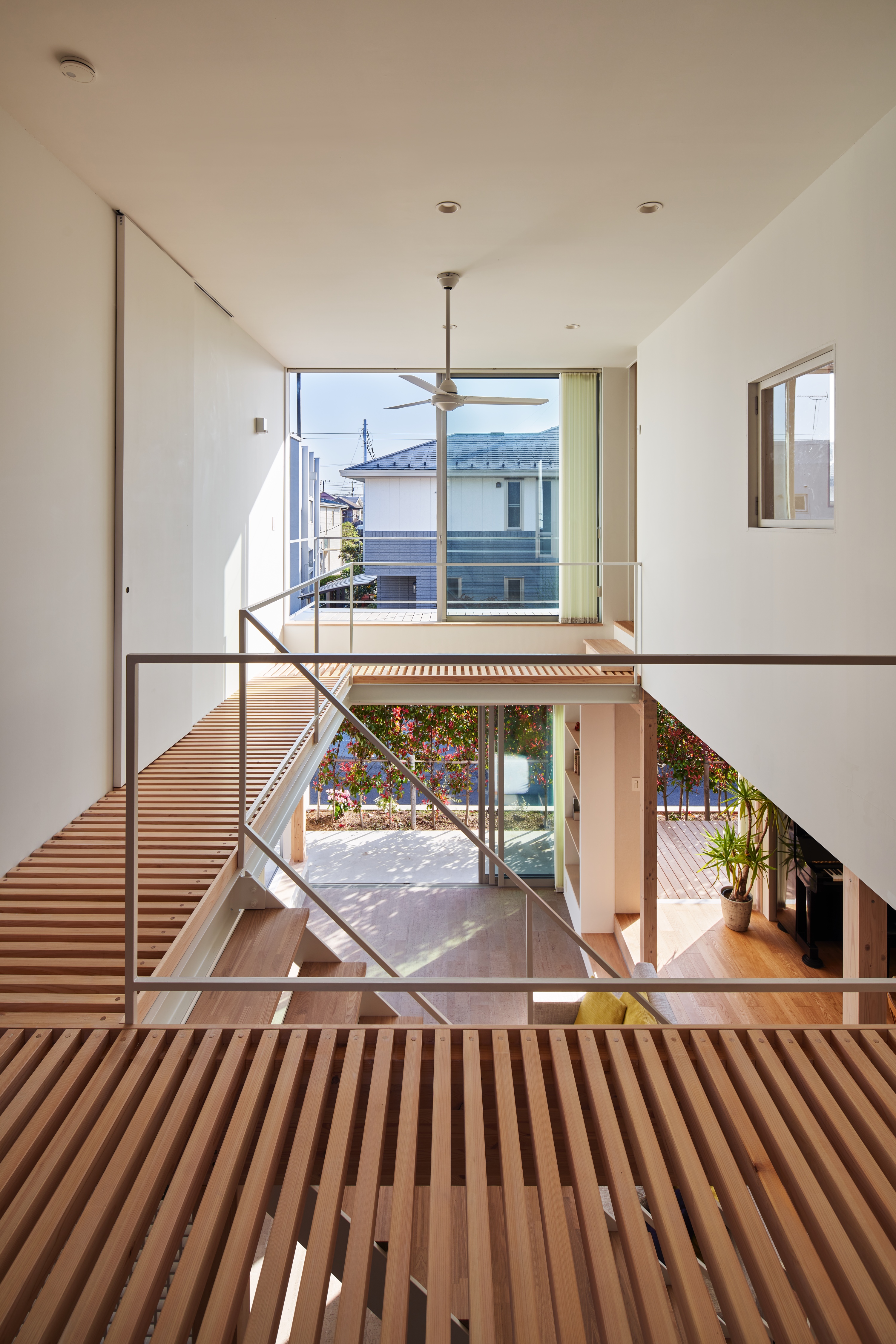
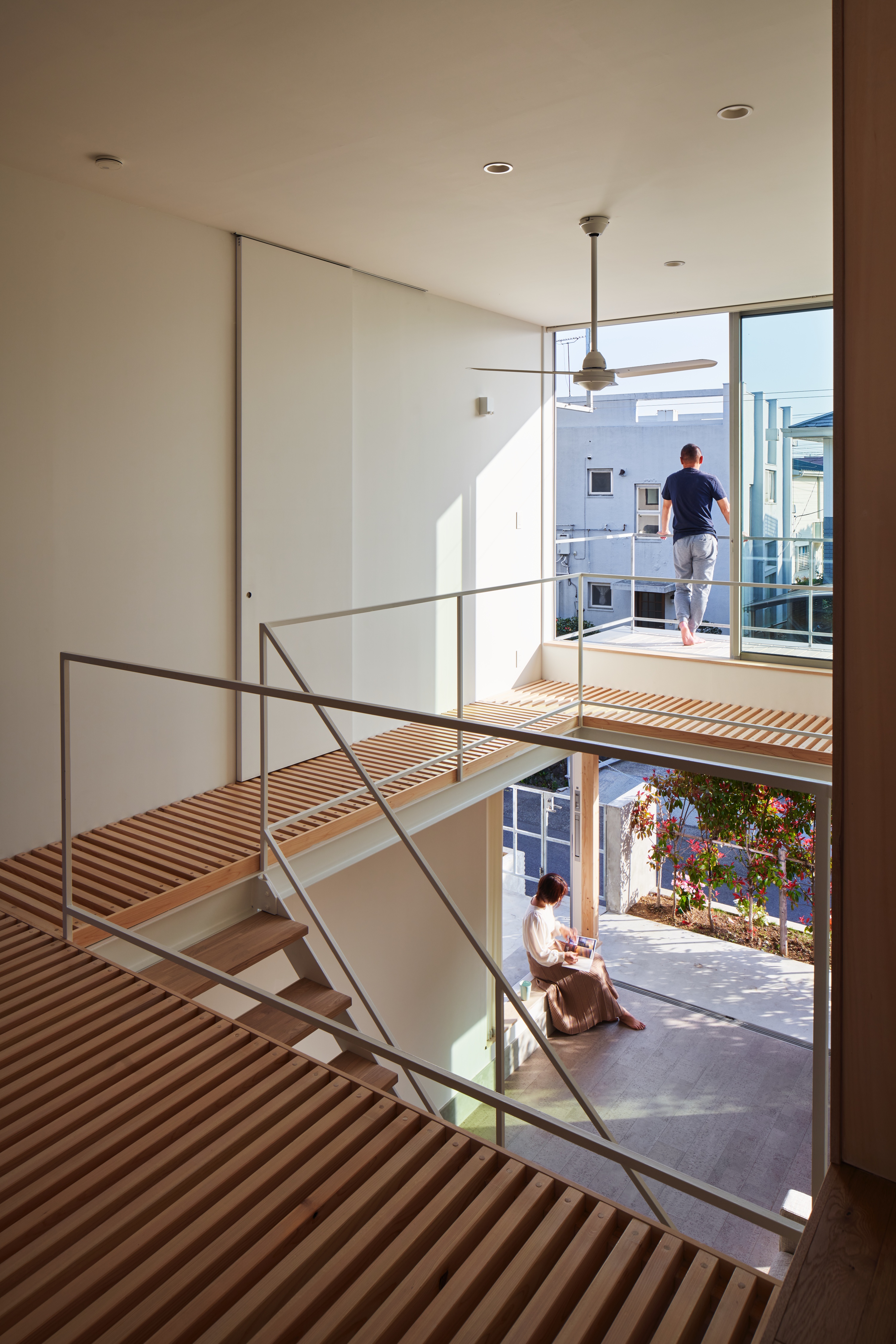
这栋住宅为生活带来盎然生机,也激发了街区的活力,让更多的人将“家”的一部分,开放给邻居与城市。就在不久前,街区的另一位邻居也已经展开计划,希望在道路连接的地方加设一条新的通道,欢迎大家常来常往。
This house brings a lot of pleasure, and vitality to life and the neighborhood, allowing more people to open up a part of their home to neighbors and the city. Not long ago, another neighbor planned to build a new passageway where the road connects, and welcome people to visit as often as possible.
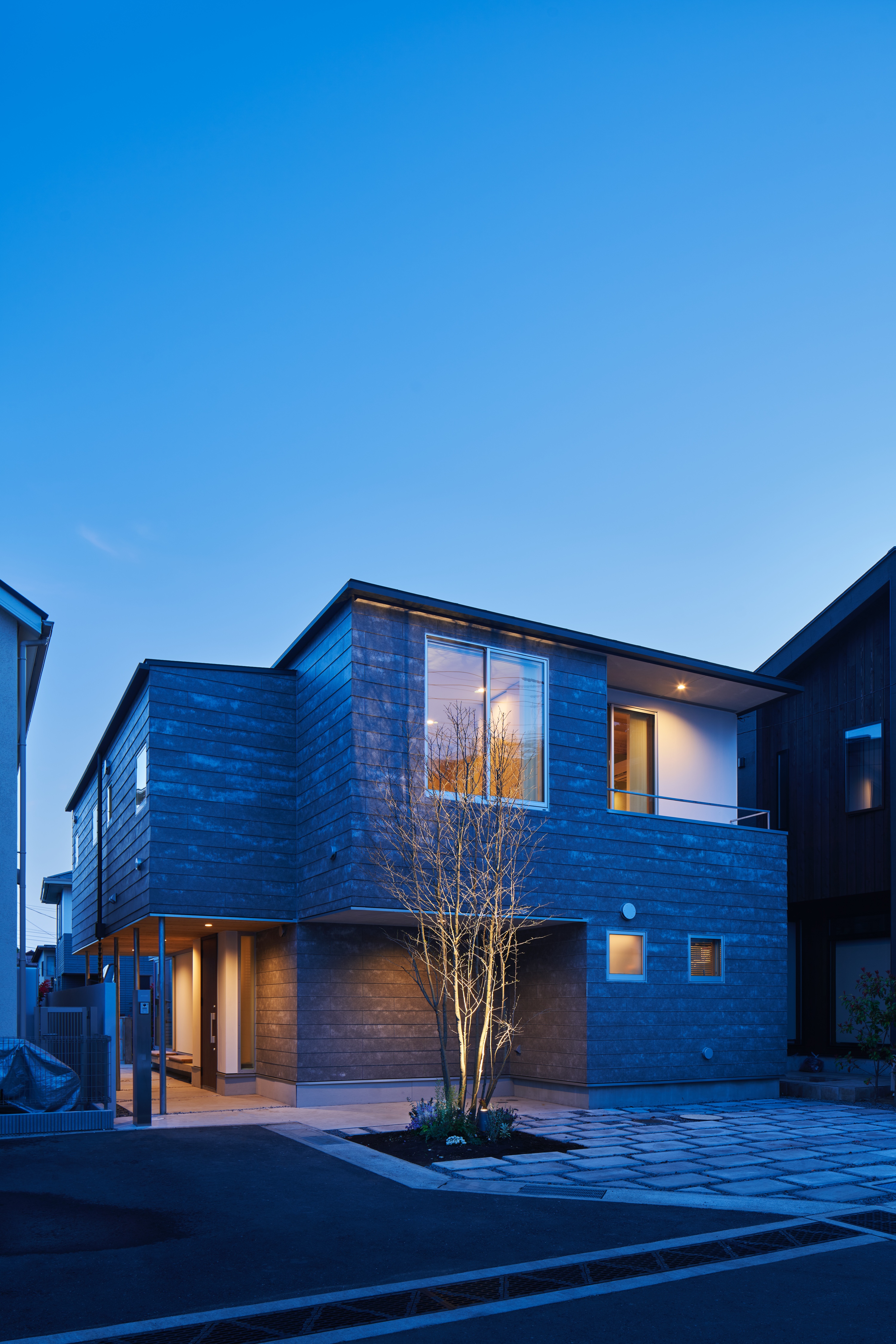

设计图纸 ▽
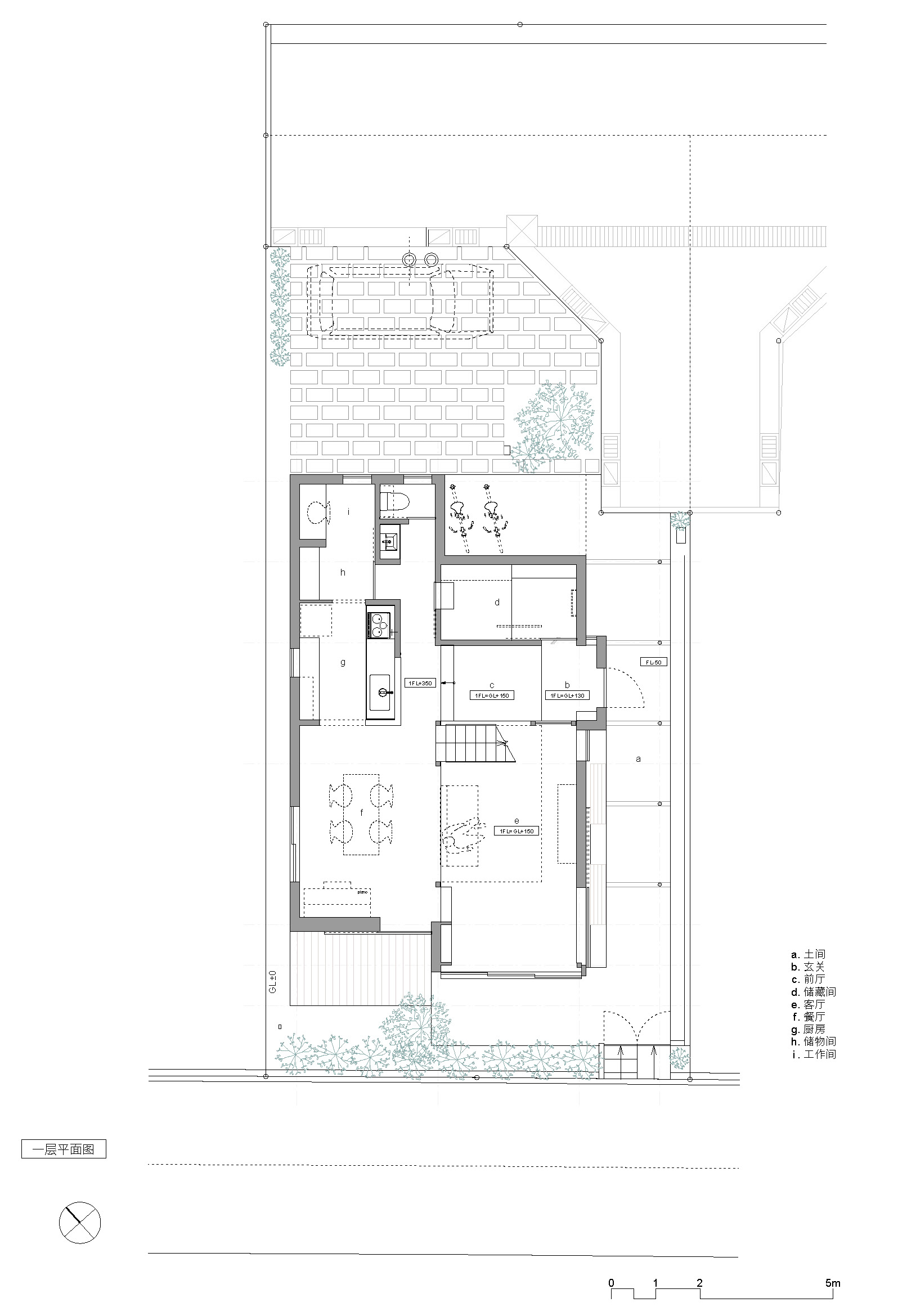


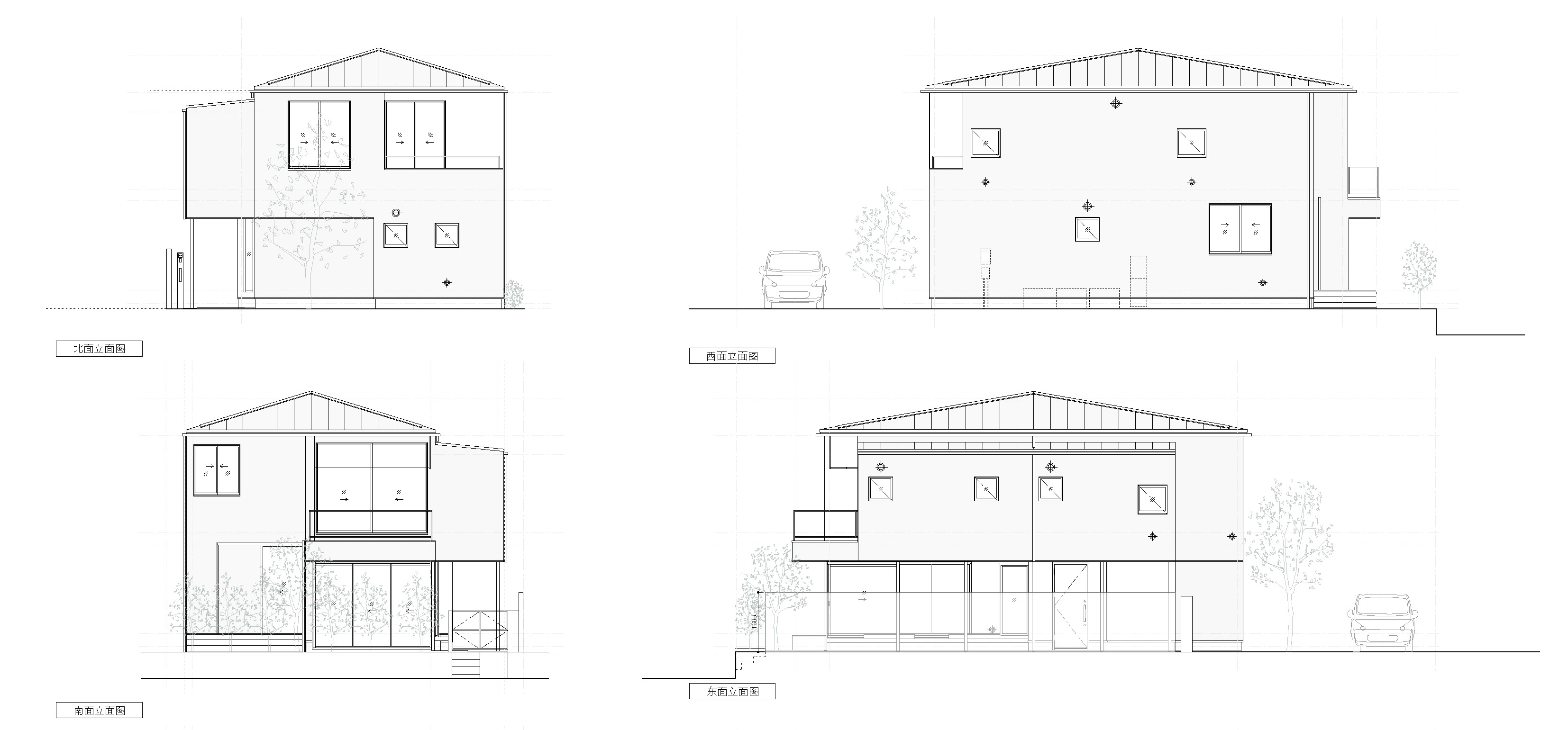

完整项目信息
项目名称:土间之家
项目位置:日本神奈川县镰仓市
项目类型:住宅
设计公司:KiKi建筑设计事务所+TAKiBI
主持设计师:关佳彦
设计团队:穐吉彩加,枥内秋彦,佐藤季代
用地面积:165㎡
建筑面积:145㎡
设计周期:2020.10.01 – 2021.05.01
施工周期:2021.05.21 – 2021.12.10
项目材料:松木、混凝土、钢材、软木板、水泥板外壁板、玻璃钢
摄影师:藤井浩司
版权声明:本文由KiKi建筑设计事务所授权发布。欢迎转发,禁止以有方编辑版本转载。
投稿邮箱:media@archiposition.com
上一篇:长廊方院:张家港精神文明建设研究与交流中心 / 上海实现建筑设计事务所
下一篇:杂糅的空间序列:寿酒店 / micelle